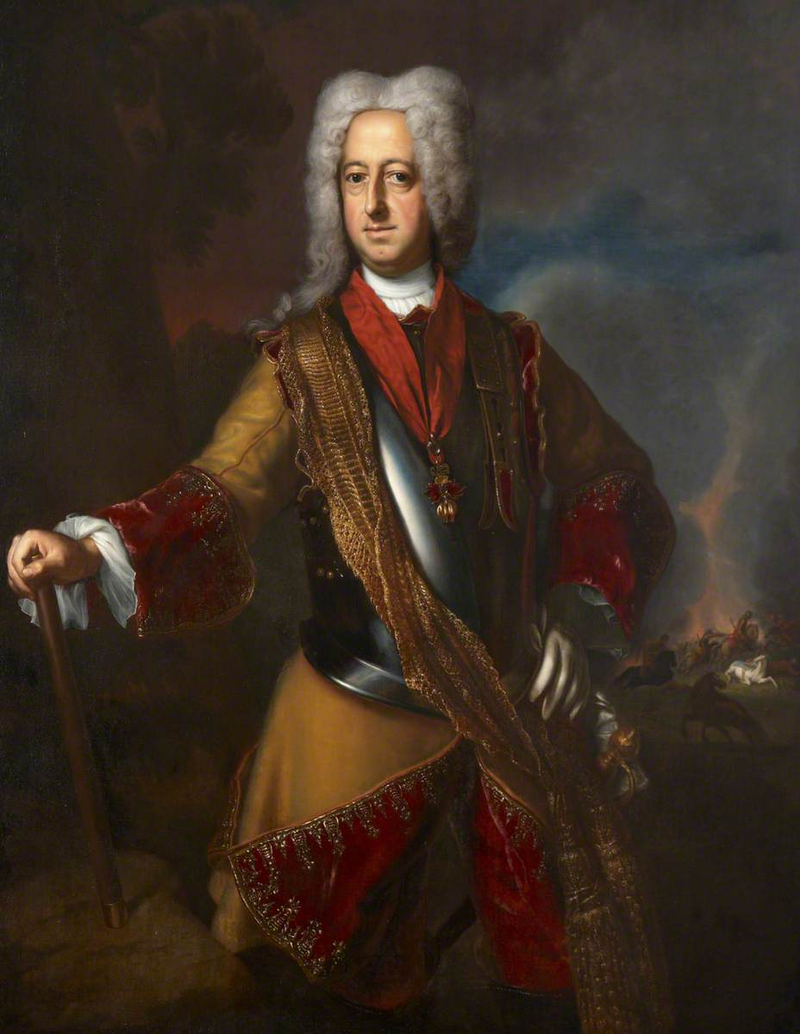
II. Miksa Emánuel, Elector of Bavaria, member of the House of Wittelsbach, ruled Bavaria from 1679 to 1706 and then from 1714 to 1726. He was born on July 11, 1662 in Munich and died there on February 26, 1726. His father was Elector Maria Ferdinand of Wittelsbach (1636–1679), son of Elector Miksa I of Bavaria (1573–1651) and Archduchess Maria Anna of Austria (1610–1665), II. He is the grandson of the Holy Roman Emperor Ferdinand. His mother was Princess Henrietta Adelheid of Savoy (Adelaide Enrichetta di Savoia, 1636–1676), daughter of Prince Victor Amadé of Savoy (1587–1637) and Royal Princess Christina Maria of France (1606–1663), IV. Grandson of the French King Henry XIII. She is the niece of King Louis. Eight siblings were born from her parents' marriage, but only four reached adulthood. During her life, she participated in many significant events. In 1683, he took part in the liberation of Vienna, which was besieged by the Turks, and then led the campaigns against the Turks in Hungary as commander-in-chief. As a successful general, his activities had a significant impact on the political conditions of Europe at the time. Miksa Emánuel was married twice. His first wife was Archduchess Mária Antónia of Habsburg, his second marriage was with Polish royal princess Terézia Kinga. Several of his children played an important role later on, VII. German-Roman Emperor Károly and Ágos I Kelemen, Duke-Archbishop of Cologne. Miksa Emánuel also acted as a patron, supporting the arts and sciences, thus creating a tradition in the development of Bavarian culture. During his reign, significant changes also took place in the Bavarian coinage. He introduced the new Bavarian gold, the ducat, which was made of 3.5 grams of gold and had a fineness of 986 parts. II. Miksa Emanuel's life and reign were also determined by the battles for the Spanish inheritance. He acted as the royal governor-general of the Spanish Low Countries between 1692 and 1706, and held this position again between 1704 and 1706. In his last years, he was succeeded on the Bavarian throne by his son, Károly Albert, who crowned himself King of Bavaria during his later reign. Miksa Emánuel's legacy can still be felt in Bavaria, as his actions and cultural influence during his reign significantly shaped the region's identity.
II. Bavarian elector Miksa Emánuel ruled from 1679 to 1706 and then from 1714 to 1726. During his reign, significant changes took place in Bavarian coinage. In 1679 Miksa Emánuel introduced the new Bavarian gold, the ducat. The ducat was made of 3.5 grams of gold and had a fineness of 986 thousandths. In the following decades, the ducat was also accepted as a means of payment in many other countries. During the reign of Miksa Emánuel, the Bavarian silver coins also underwent significant changes. In 1692, he introduced the new Bavarian thaler, which was made of 29.25 grams of silver and had a fineness of 900 thousandths. In the following decades, the thaler became one of the most popular means of payment in the German-Roman Empire. During the reign of Miksa Emanuel, the following denominations were in circulation in the Bavarian coinage: Gold: ducat, half ducat, quarter ducat, silver: thaler, half thaler, quarter thaler, krajcár, copper: kreuzer, groschen. Miksa Emánuel's coinage contributed significantly to Bavarian financial stability and the international recognition of the Bavarian currency. Here are some concrete examples II. On Miksa Emánuel's money: 1692 Bavarian thaler, on the obverse is the portrait of the Elector, and on the reverse is a scene depicting the victory of St. George. 1715 Bavarian 1 krajzar, on the obverse is the Elector's monogram, and on the reverse is the Bavarian coat of arms. II. Miksa Emánuel's coins still represent significant numismatic value today.
Numismatics. Online store for old money, coins and banknotes.